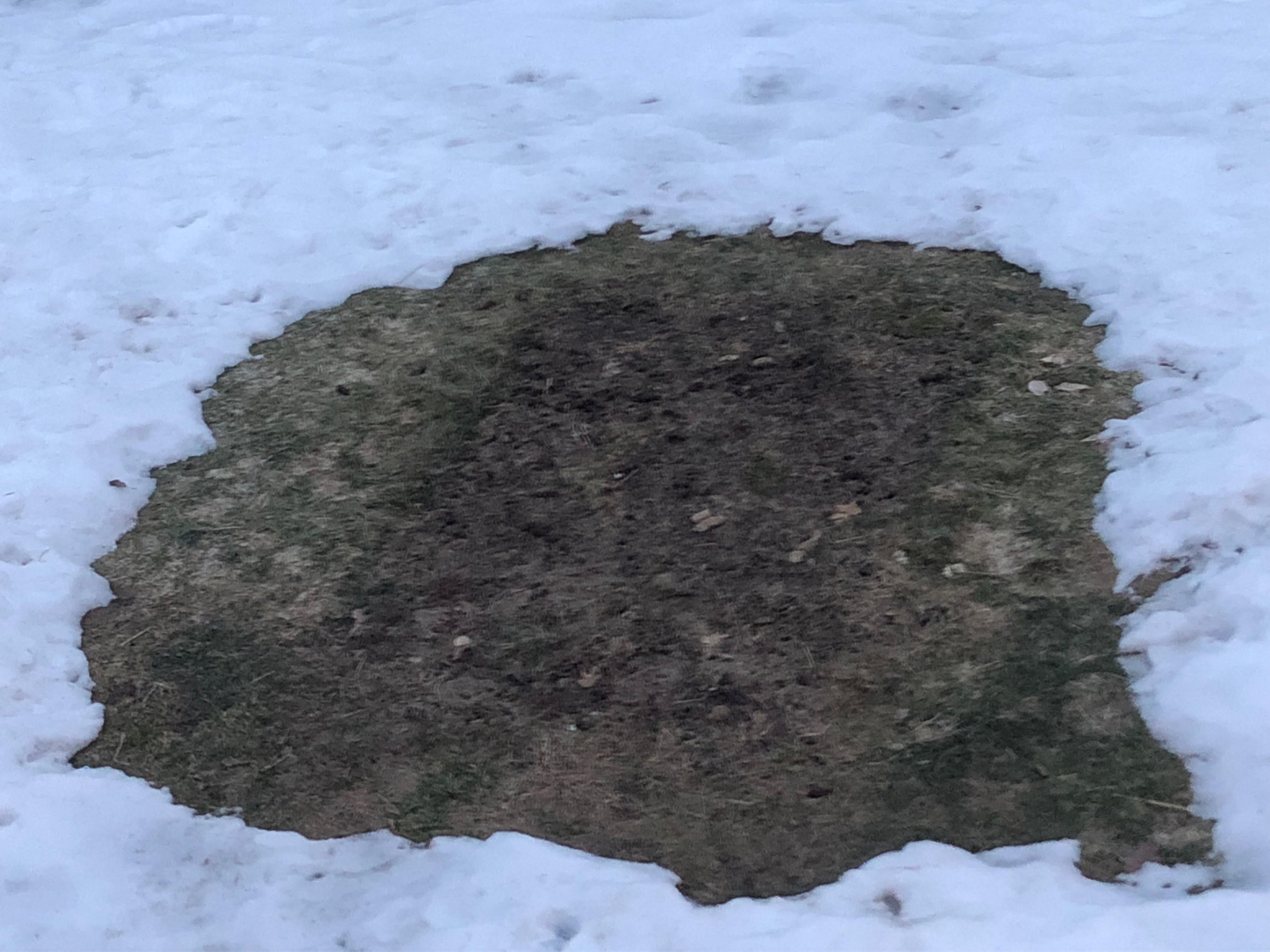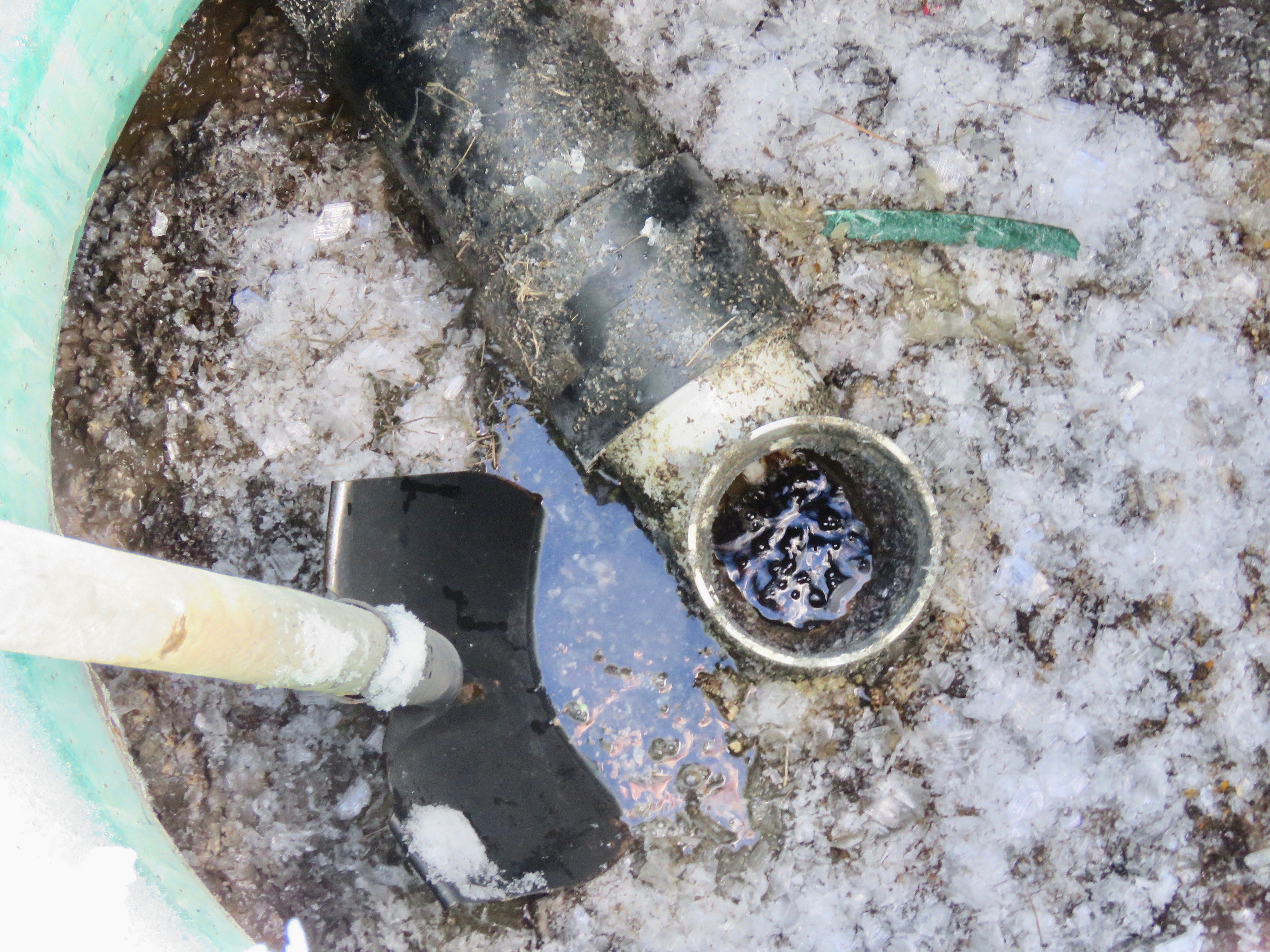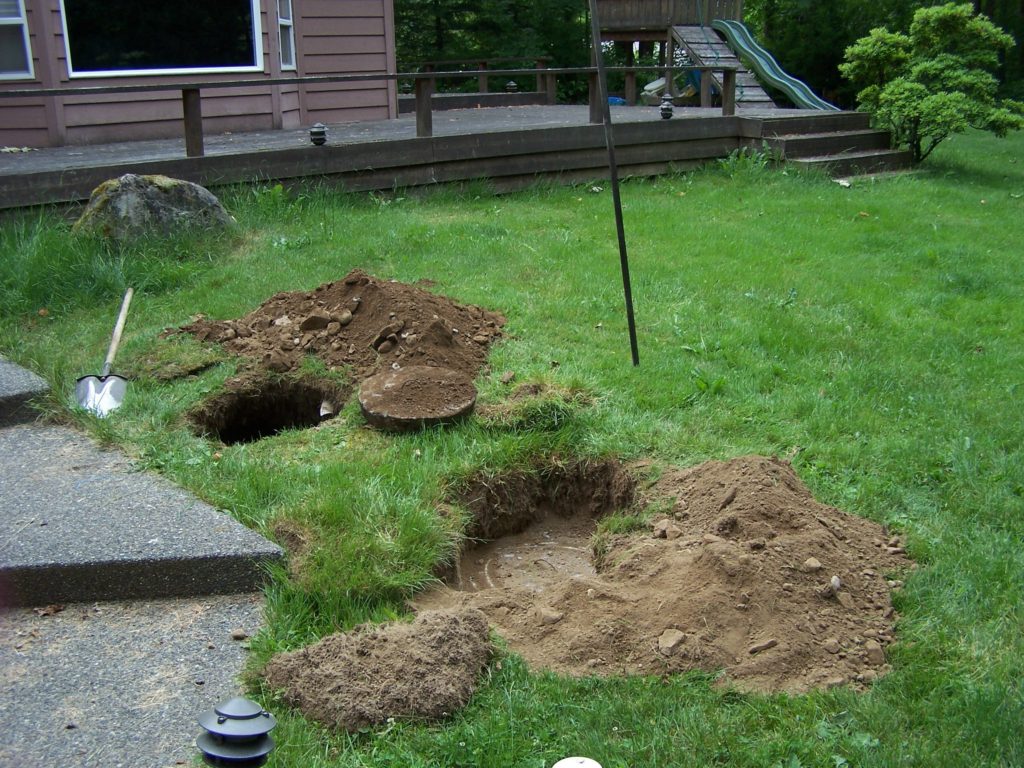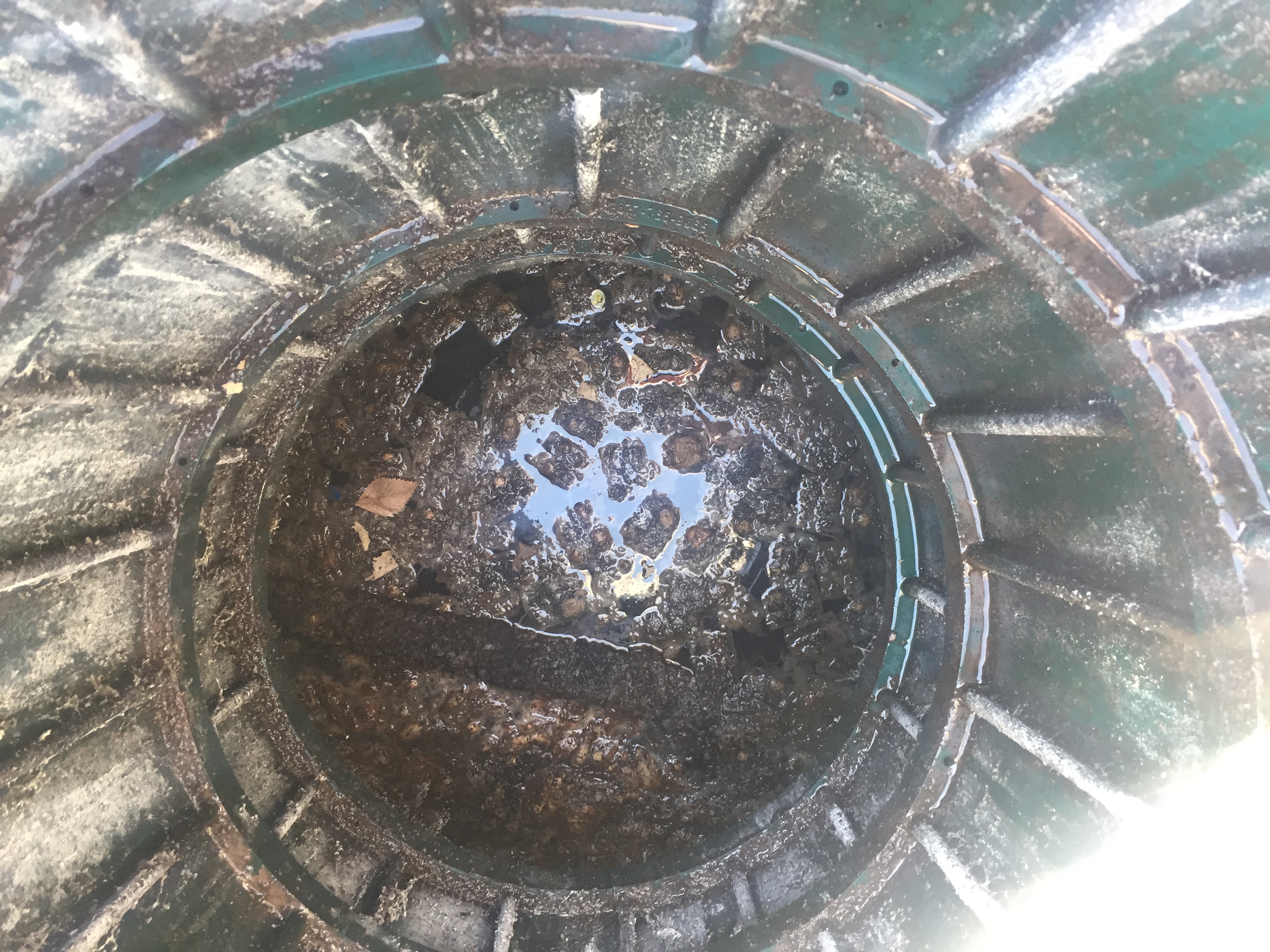I have learned that maintaining a septic tank is critical. Septic tanks should be pumped approximately every 5 years. The frequency also depends on the number of occupants living in the home. Also, monitoring water use is another way of maintaining your septic.
This is a cross section of the overall construction of a septic tank. It might seem simplistic at this stage of study, but I stared at this image quite a bit. Now that I’m more confident in my knowledge, I’m happy to show the picture around.
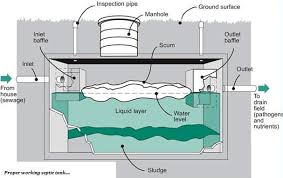
I like the consumer-facing information contained in this article. I have limited contact with septic systems, and it is nice to be able to gain a bit better understanding of how these work. My own property is on a municipal system.
This view of the top of a 1000 gal septic tank 3 inches below the soil in the middle of winter. It was recently pumped before winter and even though fertile soil and seed were placed over tank grass still refuses to grow. Not sure what that says about the tank and snow does not stay on top for long due to heat from the tank.
I read an article on bathroom vent fans and found it informative about what to look and listen for. The build up of dust on vents is common to me but the staining on walls was not something i would think of. I have seen the results of improper venting into an attic space, but have not found an answer to venting into the soffit area in this article which seems to be a common cut corner for contractors or diy homeowners.
Septic Tank Inspection. Weather overcast -4C.
The tank inspected was fiberglass, two compartment 1500gallon size. Installed for a five bedroom home in 2015.
The primary tank was exposed (see photograph) and was full of sludge & solids.
Advised the client to service (pumped) and reinspected.
The article read was “Septic systems” which is directed to home owners for the proper use and operation of a septic system.
The article covered most operating system requirements except two that I thought should have been addressed.
The system size is based on the number of bedrooms served. So if bedrooms are added (basement suite) the system may need to be enlarged.
There was no caution in the article in using products that promote system function. As in general these products do not help.
One of the tools that I use during a septic system inspection is a metal detector. If the risers or access ports on the septic tank are not visible, which is a common issue in Texas, then I will use the metal detector with a probe bar to find the tank lids. It works pretty good as long as the tanks are concrete and not fiberglass.
this is the cleanout on the sewer drain line leaving the home going to the septic system. The cap with a plug is missing from the top of the cleanout pipe and the top of the cleanout pipe is at ground level. The cleanout pipe is located in the drip line on the roof, so rain water has been draining into the septic system through this cleanout. Seller is getting drain line repaired for buyer.
This is a photo of the location of two concrete septic tank lids that were buried in a front yard along a sidewalk. The ground was prodded to locate the lids and then dug up. These lids will allow for the examination of septic tank, and primarily the inlet and outlet baffles.
The clean out for septic tank was 60’ west of back garage door. That tank is 6’ deep and everything looked normal. I could not see the inlet pipe or outlet. The last time the system was pumped was 10 years ago. The absorption area looked fine with no abnormalities.
Energy savings in a home can not only save the home owner money on utilities it also helps the planet. There are many ways to do this. Making sure you have proper insulation is one of the biggest ways along with caulk around windows and doors. Also by simply closing curtains at night to help hold heat or cool air in. One more idea is to have high efficiency furnace and air condition with newer toilets.
The vent pipe of this leach field is missing a cover. It is important to keep these covered to maintain accuracy. When inspecting the leach field vents you are able to help gather clues about how well the field is draining, or if possible be diverted to a different area to give one area time to recover.
When inspecting a tank it’s important to correctly measure the clear water between the sludge and scum. This is accomplished by inserting a long rod or stick into the outlet side. Once you have lowered the rod to the top of the sludge, you can mark your rod, then slowly pull the rod up towards the surface until you reach the bottom of the scum and mark your rod again. The difference between the two marks will give you the clear water depth between the sludge and scum.
Septic Systems- Consumer directed:
This article focuses on the basics of “good” ownership of your septic system by giving 10 simple steps to keep the system working properly.
It states that the homeowner should know where the components are and to have them regularly serviced. It also discusses items to not put into the system and to conserve water consumption on the whole. Another part of the 10 steps is to monitor the area which the system is located and to keep vegetation, vehicles, and live stock away from this area and keep excess water from gutters and sump pumps from draining into the system. Lastly it mentions to beware of commercial additives.
The article gives a brief rundown of how the system works and that the responsibility to keep it in good shape is the homeowners and that this will add to the longevity and save money.
A typical septic system generally will have two chambers, although some older systems only have one. Having the second chamber assists in more clear effluent water discharged into the leach field and assists in housing a larger quantity of scum and solids in the tank keeping them from clogging leach pipe holes.
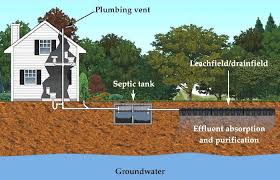
The septic stack effect will work well for uneven land and possible high water tables. By joining the perched water below the restrictive layer you add additional time and layers of filtration before reaching the valuable tables and contaminating the water for future consumption.
It is very important to know the access to the septic system for the buyer . Some cities allow risers to be added for better identification. Some cities want the covers to be at ground level. You must follow code per city you are in. The main thing is that it is easily accessible and able to be inspected.
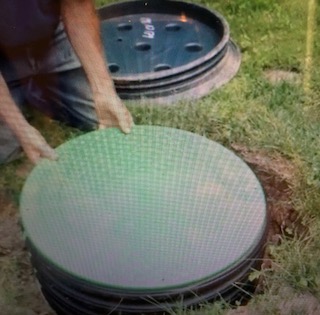
Septic Tank
It is important that a septic system be inspected annually. Most people do not know where there septic tanks are. The article included how to find the septic tank. Your first bet would be to try former owner for its location. Another simple way would be the grass is always greener over the septic tank.
Unvented gas heaters are designed as a supplemental supply of heating to the home. They are not intended to be a primary heating appliance. Water vapor produced by an unvented heater can create moisture problems in a home when operated for extended periods of time. Which are conducive to mold growth.
